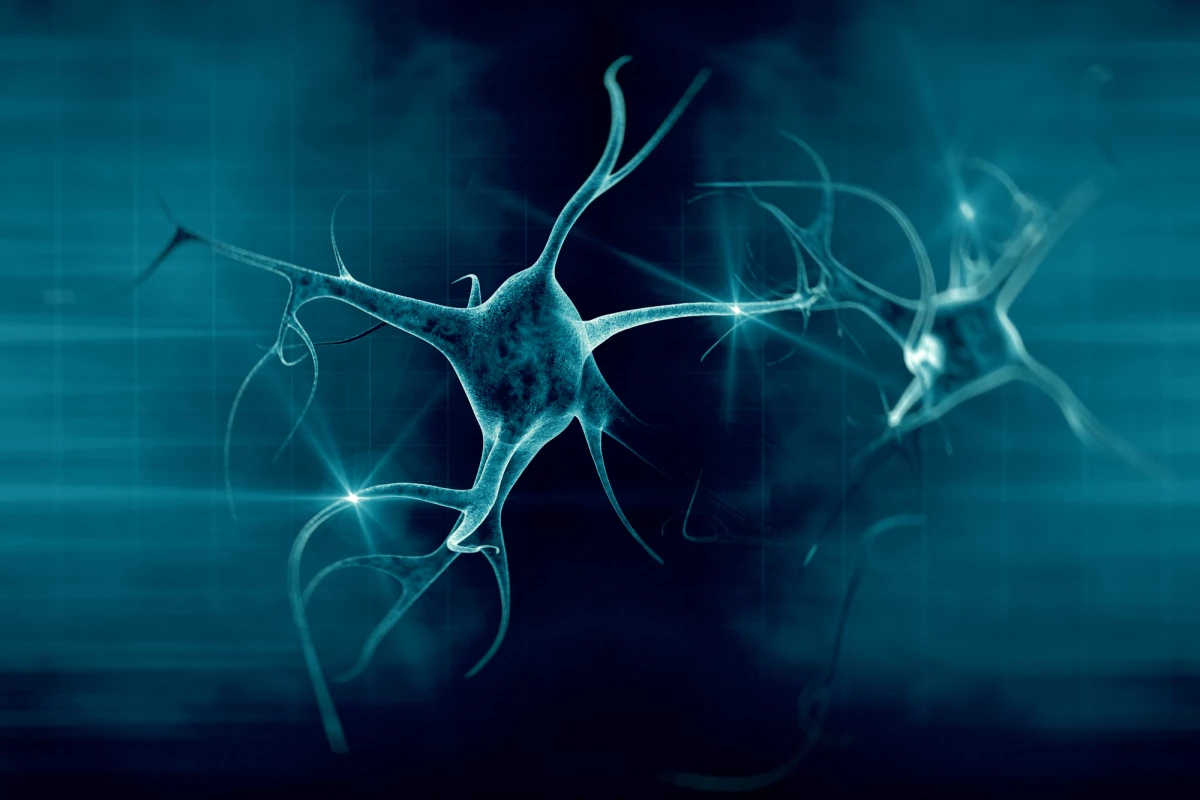In the average human body, tens of billions of cells die everyday. It’s a natural process, important for keeping the body healthy. Now, for the first time, researchers at Yale School of Medicine have directly imaged the death of neurons in mice, as well as how the body clears them out afterwards.
Although it might seem like brain cells are things you’d definitely want to keep around, it’s better to get rid of the ones that aren’t working. After all, a build-up of dead cells can damage the nervous system and has been implicated in neurodegenerative diseases.
To prevent this, the brain – and indeed the rest of the body – has a natural process that clears out dead cells. But scientists haven’t been sure about the exact mechanisms at work during this cellular “corpse removal” process.
So for the new study, researchers at Yale peered closer at what’s going on. Using a new system they call “2Phatal,” the team induced death in specific brain cells in live mice, and watched as fluorescent-marked cells cleaned up the mess.
The team discovered that three types of cells pitched in, each having a different role. These were all glial cells, which surround and support neurons. In the first few hours after cell death, microglia swarmed over the main body of the dead neuron, to clear it away. Meanwhile, astrocytes cleaned up the connecting dendrites. Meanwhile, NG2 cells would chip in as needed.
Although each type of cell had their preferences for which part of the dead cell they “ate”, the team noticed that if one type of cell became unable to sense and engulf the dying cell, other cell types would sub in, ensuring the job got done even if it was completed more slowly.
Interestingly, in aged brains the glial cells seemed to work much slower, taking up to twice as long to remove the dead neuron. This, the team says, could implicate the process in neurodegenerative diseases that come with age.
“Presumably, if cells are dying and there is inefficient removal of them, the debris could be causing further damage and inflammation,” says Jaime Grutzendler, lead researcher on the study. “ And if we can remove dying cells efficiently, can we prevent age-related neurodegeneration?”
The research was published in the journal Science Advances. Check out the cells clearing out the dead neuron in the video below.
Source: Yale University




